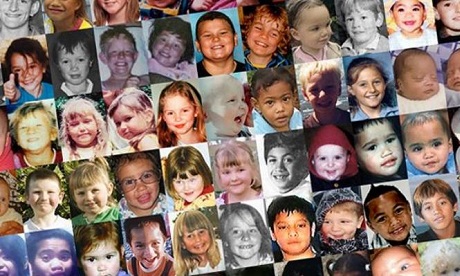Outgoing Children’s Commissioner Judge Andrew Becroft has harsh words to describe children’s wellbeing in New Zealand.
Aotearoa New Zealand is a great place to be a child if you are rich, white and able-bodied. The reality for at least 125,000 children, however, includes abuse, neglect, poverty and poor health and education outcomes.
Over the last 30 years New Zealand has failed to prioritise children. Twenty percent live “in and out of poverty”, and 10 per cent are “really doing it tough”.
The two latter groups are disproportionately populated by Māori, Pasifika and disabled children.
“The width and depth of the inequities in child wellbeing is shocking,” Becroft says.
“The wellbeing of at least 125,000 children is significantly compromised by serious material hardship. For this reason, and because this situation is totally avoidable, we belong on an international roll of shame.”
Becroft says the Government needs to commit $2 billion a year over the next 10 years to improve outcomes for children. This would enable measures like lifting core benefit rates, introducing rent controls, increasing social housing and making adequate mental health services accessible to all youth.
Statistics on rheumatic fever are grim, Becroft says. The illness affects Māori and Pasfika children disproportionately (“it’s a scandal that this entirely preventable disease even exists in New Zealand”).
He also speaks of youth suicide (one of the highest reported rates in the world, with the rate for Māori youth 2.1 times that for non-Māori youth); abuse and neglect (69 per cent of children in State care identify as Māori); bullying (one of the highest rates of school bullying internationally); and racism.
Becroft blames the “toxic stress” of poverty, inconsistent early intervention and the “lethal cocktail of the enduring legacy of colonisation and modern-day racism” for the poor outcomes.
He says one of the most pressing issues for youth is mental health. Our children and youth – especially girls and gender minorities – are at high risk of negative mental health effects from Covid-19.
Children and young people are “often invisible” despite the grim statistics, Becroft notes.
These groups are not well represented in He Ara Oranga, the report from the government inquiry into mental health. Nor are they represented in the Covid-19 response.
There’s more to swallow too. Aotearoa-New Zealand is behind on diagnosing and supporting neurodevelopmental issues.
“History will judge us harshly… for some reason New Zealand has been asleep at the wheel.”
Given the country’s poor performance and an apparently insurmountable mountain to climb to make Aotearoa safe for all children, Becroft is positive.
“We have made terrific progress over the last five years, and the Government’s goal to halve child poverty in 10 years is very attainable.”
He thinks the Government and society has finally woken up children’s needs. There are multiple strategies, targets and goals in place to lift children into wellbeing over the next 10 years.
During Becroft’s five-year tenure, his office helped with the Government’s Child and Youth Wellbeing Strategy. This included interviewing 6000 tamariki and rangatahi.
Becroft says being the Children’s Commissioner was “one of the greatest honours of my life”.
“I’ve given it my all.”
Source
Additional readingNews category: New Zealand, Palmerston.




